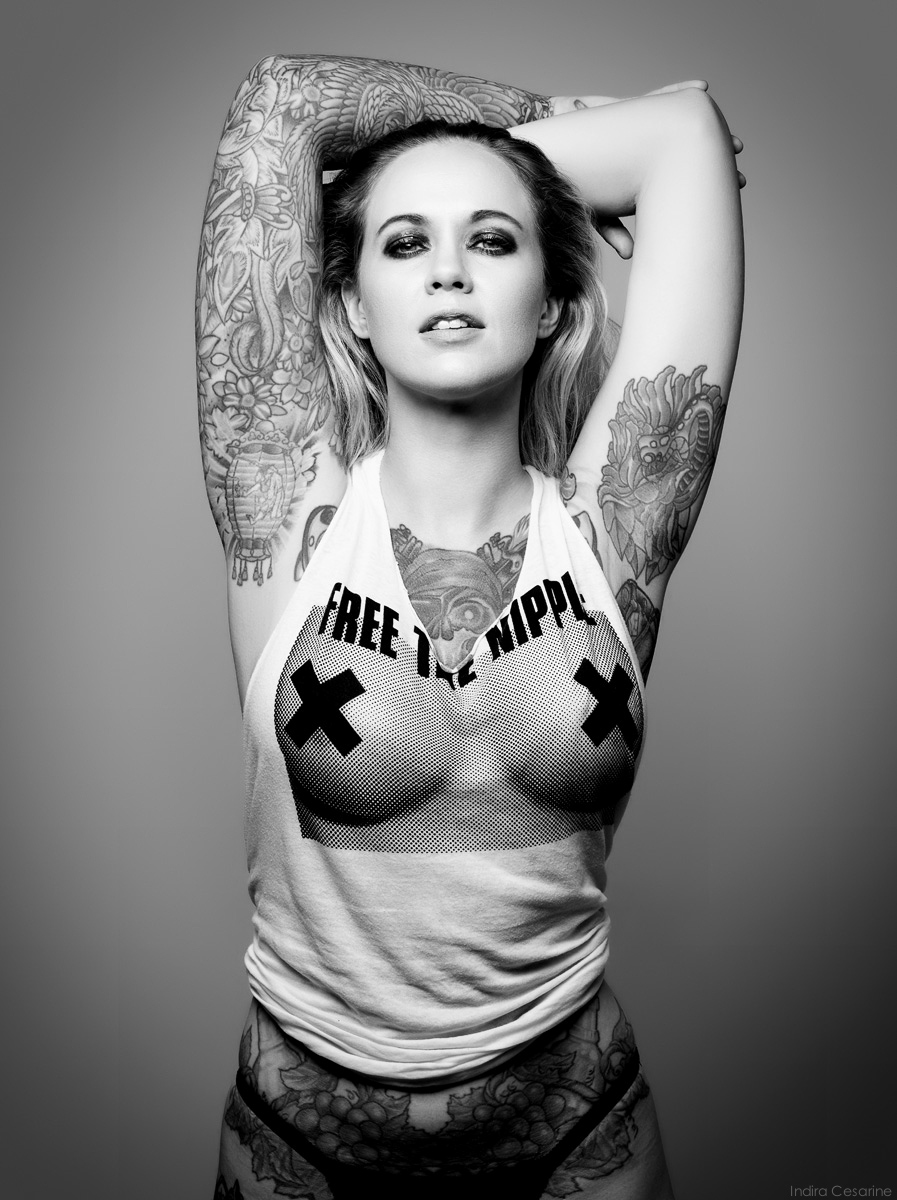
The female nipple, an unlikely hero of the censorship movement, is under scrutiny yet again. Last week, the Facebook and Instagram office hosted a debate over the controversial body part, with 20 assorted members of the art community – which was long overdue.
Director Lina Esco’s film Free The Nipple unleashed a movement much bigger than the nipple in 2014, which demanded the normalization of top-body freedom for women. The hashtag of the same name populated the internet soon after, with celebrities like Lena Dunham, Chrissy Teigen and Scout LaRue Willis showing their support by posting topless pictures of themselves all over social media.
What @instagram won’t let you see #FreeTheNipple pic.twitter.com/lASApy0W0S
— Scout LaRue Willis (@Scout_Willis) May 27, 2014
The monumental impact Esco had on the awareness of censorship, especially of women’s bodies, brought in a five years too-late reaction by the social media corporations – but it begs the question: was she invited to the roundtable that discusses a movement she started? While her social media accounts reveal nothing, and Facebook hasn’t announced a public list of invitees – it would be definitely be futile to have a conversation about social media censorship of nudity and nipples without Esco. Out of the 20 artists and members who did attend, a few did make their invites public on social media. Artists like Joanne Leah, who began a petition against Instagram in 2016, was there amongst others like Micol Hebron, Marilyn Minter and the National Coalition Against Censorship. While they all use a variety of mediums and voices, the consensus was the same: art cannot be dictated by corporations.
Instagram, however, begs to differ: “We know that there are times when people might want to share nude images that are artistic or creative in nature, but for a variety of reasons, we don’t allow nudity on Instagram.” The community guidelines attempt to appease the artists with vague reasons for why the platform may interpret their work as pornography. “This includes photos, videos, and some digitally-created content that show sexual intercourse, genitals, and close-ups of fully-nude buttocks. It also includes some photos of female nipples,” the guidelines state.
The gendered nipple is another illogical product of patriarchy, but artists (along with their audiences) are adamant that nipples cannot be discriminated based on gender; and that they especially cannot be a reason to block or report an account that posts one (or two). This binary policy ignores a spectrum of genders, while overtly sexualizing a woman’s nipples.

Leah’s Artists Against Social Media Censorship, is one of the first coalitions to question the mystical Instagram algorithm that deletes nude artwork without the artists’ consent. It focuses on artists’ experiences with censorship, forcing them to rethink eroticism, and contextualize what they do based on what is accepted on the platform – basically, undermining the purpose of art.
The website, in addition to linking a Change.org petition to end online censorship, addresses a letter to Mark Zuckerberg, with a plea to “Cease in labeling women’s nipples or pubic hair as “dangerous” or “obscene”. This adds to the violence against and degradation of women.” It also invites the media platforms to have a conversation with the artists who only want to express “the originality of ideas and the unique exploration of self identity.”
The close-room discussion was then an effort by Instagram and Facebook, to include its fiercest opposers, in a possible policy change. All of the artists signed NDAs before entering, but feminist artist Micol Hebron and photographer Spencer Tunick did more – both posed topless in front of the Facebook office – and almost immediately (and ironically), Hebron’s accounts were suspended.
Famed artist Betty Tompkins, known for creating photorealistic art from homosexual and heterosexual acts (and having them deleted), was also invited, but left a statement to be made in her place that questioned the subjectiveness of Instagram’s policy. “Nudity in photos of paintings and sculptures is OK, too,” the policy states, but Tompkins wants to know what “OK” really means.
With #sexy revealing a ton of pornographic accounts and pesky bots all over the app, it’s hard to know what is okay at all, but we foresee an algorithm overhaul that is attentive to the different kinds of nude. At the very least, a human resources team playing courthouse. Additionally, with proposals that include eliminating publicly visible “likes” on Instagram a breakdown of the social network system is imminent – an apocalypse genre that society can look forward to.


